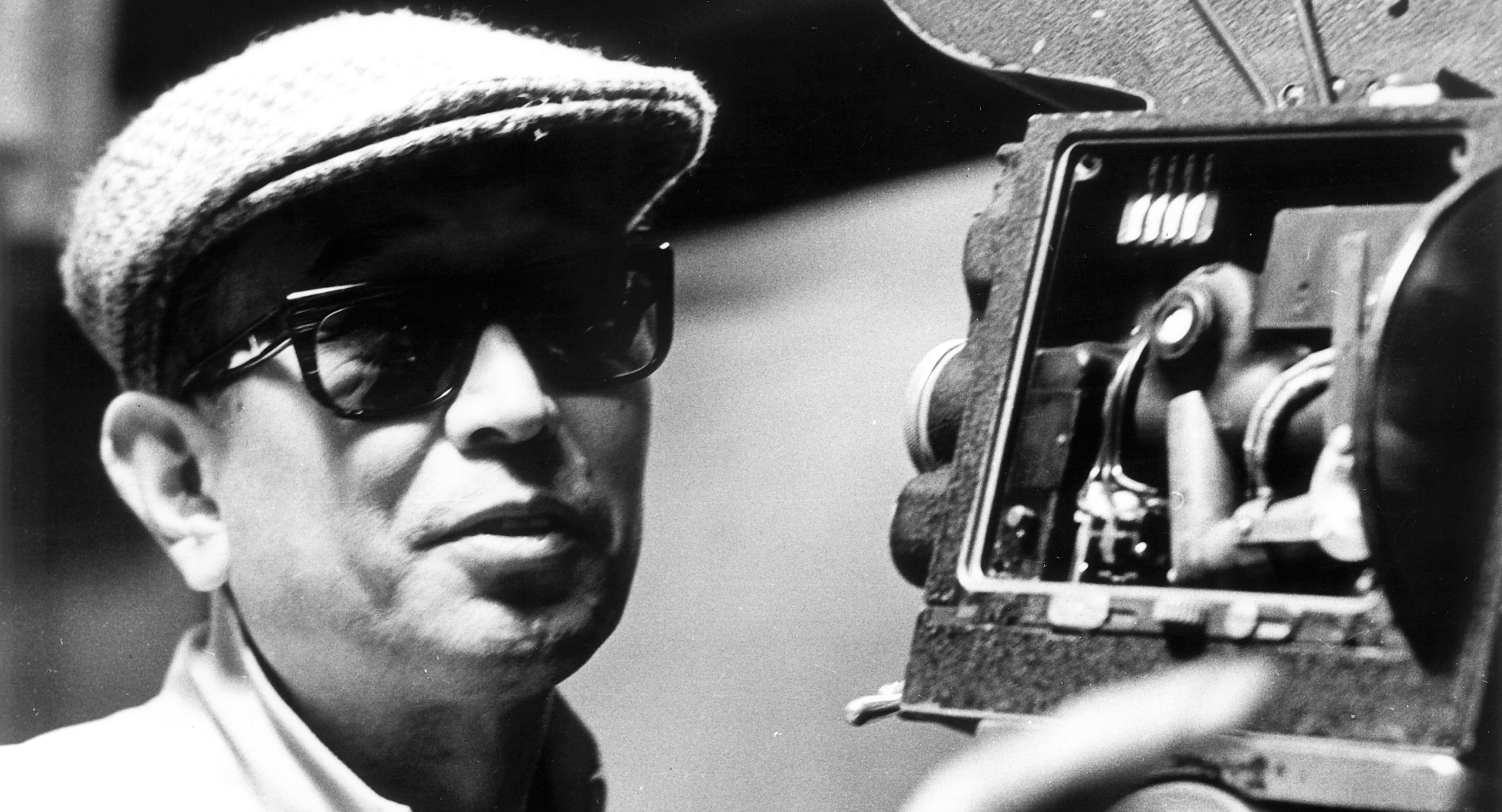
Film fans rejoice. In January and February, the BFI Southbank presents Kurosawa: A Complete Film Season. All thirty solo directorial films are showing, often with introductions from experts on the director. Talks on Kurosawa Akira and a study day devoted to the legendary filmmaker are also scheduled. For those not local to London, many of his films are being hosted on BFI Player. Click here for all the info.
Note: this feature presents Japanese names in the traditional fashion of family name first, followed by given name.
Asking yourself what makes this season on Kurosawa Akira so exciting? Take a couple of minutes to watch the BFI trailer. Kurosawa’s films are just as beautiful and exciting as they look in that sizzle. Scorsese, Coppola, George Lucas, and Sidney Lumet (and many other great filmmakers) call Kurosawa an inspiration for a reason.
Many people will know that his film The Hidden Fortress was a key influence on Star Wars. That Seven Samurai was lifted and shifted Stateside to become The Magnificent Seven. That Sergio Leone pinched the plot of Yojimbo wholesale for A Fistful of Dollars, making a movie star of Clint Eastwood.
And Kurosawa inspires filmmakers to this day. His masterpiece melodrama Ikiru was remade last year as Living, starring Bill Nighy. Every film that tells the same story from wildly differing perspectives owes a debt to Rashomon, showing in this season in a glorious 4K restoration.
But it is important to stress that Kurosawa’s films are even better than the classic movies they inspired. Really. Ahead of his time in plot structure, genre bending, visual design, and staging action, his films remain exhilarating decades after release.
When putting on such a massive celebration of a legendary director’s work, you recruit people who know their stuff. Kurosawa: A Complete Film Season is curated by Asif Kapadia and Ian Haydn Smith. Author, programmer, and a long-time Kurosawa aficionado, Smith knows good cinema and putting on a good film season. Asif Kapadia is one of the best documentarians of the age, directing the Oscar-winning Amy Winehouse documentary Amy and the breathtaking Senna amongst others. Together they have brought Kurosawa’s thirty movies to the BFI Southbank in a fresh and thrilling way.
We were lucky enough to catch up with Ian Haydn Smith to discuss the season.
Rob Daniel: Could you tell us how Kurosawa: A Complete Film Season originated and how you went about curating it?
Ian Haydn Smith: For quite a few years I’ve been working as an editor of the BFI Flare: London LGBTQIA+ Film Festival brochure and the BFI London Film Festival brochure. So because I was there, I think people realised that I knew quite a bit about Kurosawa and his work. There was a conversation happening about a complete retrospective of all thirty of his official feature films, with Asif Kapadia curating.
By happenstance, another one of my roles is editor on the programme for the Sheffield Doc Fest, and I’d worked with Asif on the programme he was producing there. He told the BFI he would curate the Kurosawa season, but wanted to work with me on it, knowing I liked and knew about the filmmaker.
As for the programme itself, both Asif and I decided from the outset we did not want a chronological season, working from the earliest films through to the last.
Partly because I think it’s lovely to be able to watch a movie like Rashomon, his 11th feature, and then go back to his first film, Sanshiro Sugata, and see how his style developed. You can kind of get that chronologically, but it’s more interesting to jumble things up so you begin to see elements in his films that work together.
We decided to pick themes that, almost like a Venn Diagram, would cross over. Although we’ve got films in a specific strand of the programme, the films are not specific to that strand alone.
We came up with six themes and split them over the season’s two month run. January features Society, Social Status, and Honour. February has Professional Lives, Family, and Unclassifiable Kurosawa. The last is a slight misnomer as nothing is unclassifiable, but they are the Kurosawa films that don’t automatically fit into one of the other categories we had created.
They are also the Kurosawa that seem like outliers. Like Dersu Uzala, the only Kurosawa film not shot in the Japanese language and isn’t shot in Japan. Or Dreams, which is a portmanteau film, and Madadayo, which was the closest he came to making an out and out comedy. Although of course, there is a lot of humour throughout his work.
Plus Sanshiro Sugata, which is a martial arts movie, but not how we see it in his later films.
When I asked friends who are admirers of Kurosawa’s work for feedback on the season outline, all came back asking, “Where’s Weather?” But you can’t have a strand just for the weather because it plays a function in each film. And that really comes down to the collaboration between director and cinematographer. The storms in Rashomon and Seven Samurai, the mist surrounding the town being built in Dersu Uzala, Throne of Blood being entirely shrouded in mist. Weather is a character, while also adding layers of psychology to characters in these films. Like the storm in King Lear that we see in Ran, Kurosawa’s Lear adaptation, being the outward projection of inner turmoil.
An early possible title for the season was Akira Kurosawa: The Gathering Storm. But a reason not to go with that is because his work is not just about the storms. I can’t watch Stray Dog without feeling hot and sweltry. Or High and Low, whose kidnap plot is intensified by the baking heat of Tokyo’s summer. Dreams and Kagemusha you can put together as the most expressionistic of his work, and again the elements are pushed to the extremes.
But, we stuck with The Gathering Storm as the title for the study day we’re having in February.
I think there is also perhaps a little provocation in categorising the season this way. We are saying to people, yes this film comes under Society, but it could also come under a couple of other categories. We want people to engage with that. Hopefully, they’ll be able to check out a couple of films from each category and see how his work as a whole fits together.
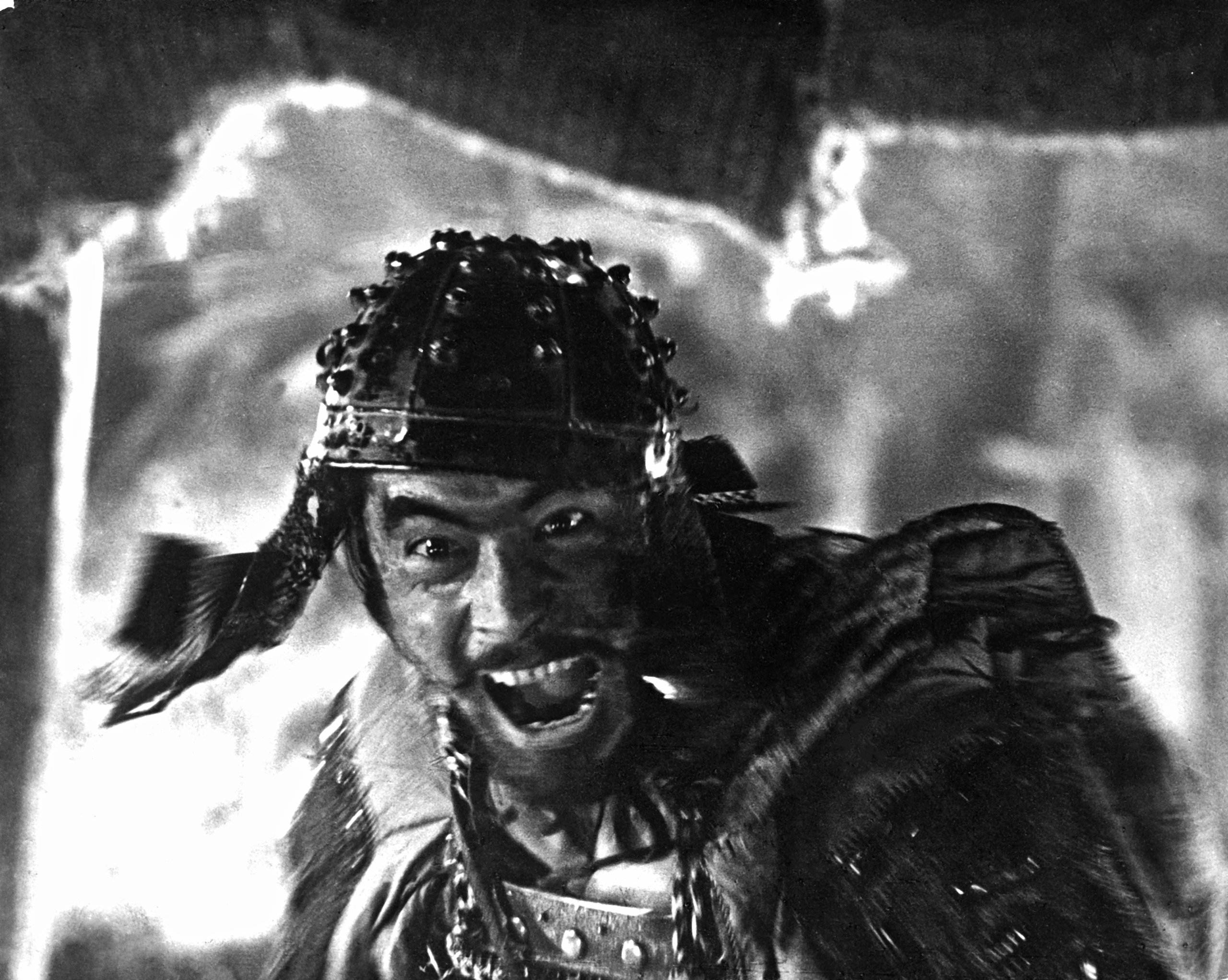
RD: The BFI has devoted seasons to Kurosawa’s films in the past. Why is it important to bring his movies to audiences again?
IHS: One of the main things here is that we have a complete season. I think there have been two smaller seasons at the BFI over the last twenty years that screened select movies. Here we are saying, let’s really take a journey with this person and see everything they’ve produced.
Yes, this is based around a re-release of Rashomon. That is a wonderful centrepiece, because not only was it his breakthrough film, but also the breakthrough film of Japanese cinema into the West at that time.
But what Asif and I didn’t want to say is, “These are the must-sees, and these are perhaps what you should get to if you have time.” How much more fun would it be to have a level playing field and give people the opportunity to see how brilliant all his films are? Even what some may consider minor works still have immense value.
Sanshiro Sugata has extraordinary sequences. Part of the reason why is down to Kurosawa’s training. The system in Japanese cinema at the time was that you were mentored by a director. You began as perhaps third assistant director, then second assistant director. You didn’t go from zero to making your first feature. By the time Kurosawa became a director, he’d been working on dozens and dozens of other films. Both as a writer and as an assistant director. So he really knew what he wanted to bring to the screen right from his debut.
RD: What will excite audiences who are new to Kurosawa’s films?
IHS: The entry point for a lot of people will be the period and samurai films, which is great. But another reason we created these strands was to ensure we didn’t just have a block of period films. We wanted people to bounce between a film on an epic scale, like Seven Samurai or Kagemusha, but then immediately be able to see a contemporary film set on a rubbish tip like Dodes’ka-den.
People are going to be surprised at the incredible amount of artistry and beauty in his work. Sadly, Kurosawa is too often classified as “the mainstream Japanese director.” The belief goes that if you want real art you go to Mizoguchi Kenji or to Ozu Yasujiro. For fun you go to Kurosawa.
It’s a pity he’s been seen in that way, even in Japan, because he is a brilliant artist. He trained as a painter, and there is a painterly quality to his work. His influences outside of painting were incredibly diverse, and include Shakespeare, Russian literature, and Hollywood filmmakers like John Ford and Frank Capra.
Plus, it is always a challenge when you’re talking about great films, because if a film is really that influential it has been done lots of times since. Therefore, with this season we’re also saying, “Yes, you may have seen it here, here, and here, but Kurosawa did it first.”
The climactic battle scene in the rain in Seven Samurai. The brilliant thing he did was to cut between moving shots, so you have this constant sense of propulsion. That hadn’t been done in the way he did it, and it completely revitalised the way action was presented in film.
One of my favourites is 1965’s Red Beard, which was his last collaboration with Mifune Toshiro, who of course is a giant of Japanese screen acting. There is a staggering compositional aspect to that film. Kurosawa’s ability to choreograph actors and block a shot are just stunning.
Alongside the artist, Kurosawa had this entertainer streak in him, which reaches its high point in The Hidden Fortress. That film takes the classic jidaigeki period film, the conventions of which he always wanted to overturn. But in The Hidden Fortress you can see him saying, “You know what, I’ll just do what all of you do. Only way better.” And he does!
So you have that entertainer element in him, mixed with someone who is working on such a high filmmaking plane. Those aspects come together in his period films like, say, The Hidden Fortress, Seven Samurai, or Yojimbo, and his contemporary films like High and Low, which is an adaptation of an Ed McBain novel. In both cases the results are extraordinary.
Sometimes, by calling something “Great” you can distance people from it. Younger generations may not have encountered Kurosawa’s work, but have been told it’s brilliant. I think you need to find out why for yourself, and hopefully this season will provide an opportunity.
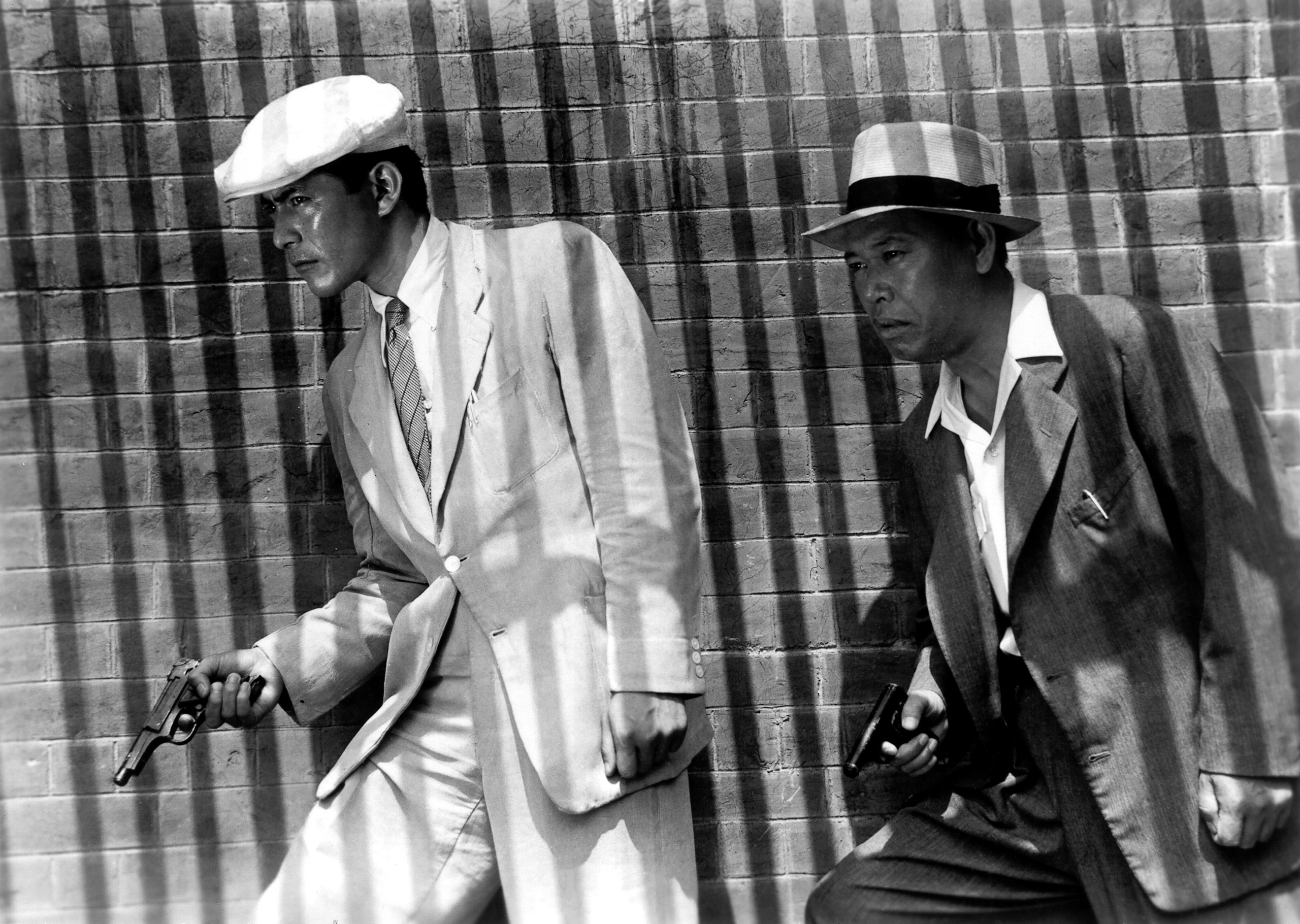
RD: I think audiences may be pleasantly surprised at how accessible Kurosawa’s films are. They are frequently laugh out loud funny.
IHS: Yeah, he’s a brilliant comedy director. Just look at the interaction between characters in Seven Samurai. When I heard about Seven Samurai, my assumption was Mifune would be playing the lead, the chief ronin who gathers the other men together. I was shocked to see he was playing the fool, the Horst Buchholz character from The Magnificent Seven. Yet when you see it play out, you realise Mifune himself is a great comedy actor. In Red Beard, after Mifune’s doctor character uses his medical knowledge to break the bones of a criminal gang menacing him, he muses that maybe he went a bit over the top! Kurosawa revels in Mifune’s performances.
RD: Kurosawa would often collaborate with the same people multiple times. What other names should audiences be looking out for in the credits?
IHS: Mifune is his most famous collaborator, of course. But there’s Miyagawa Kazuo, whose cinematography on Rashomon and Yojimbo is exceptional. You’ve got Hashimoto Shinobu, who started working with Kurosawa on Rashomon, then did Ikiru and Seven Samurai. Jump forward a couple of decades and Hashimoto works with him again on Kagemusha and Ran. He wrote a book called Compound Cinematics: Akira Kurosawa and I.
But that’s the second-best book on collaborating with Kurosawa! The best is not so easy to get, and is called Waiting on the Weather: Making Movies with Akira Kurosawa. It’s written by Nogami Teruyo, who was the director’s personal assistant from Rashomon to the end of his career. What is great about the book is that she gives the context of Japanese cinema around the time Kurosawa entered the scene. She has this wonderful ability to highlight not just his brilliance as a director, but also his collaboration with many different people. He worked with a number of composers, and anyone who sees his films recognises the importance of the music. Takemitsu Toru’s work on Ran? Stunning.
RD: There is also Seven Samurai lead, Shimura Takashi. In some ways Shimura is Kurosawa’s forgotten leading man.
IHS: Yes, he was in more Kurosawa films than Mifune. Mifune was in seventeen, Shimura was in twenty-one. His performance in Seven Samurai is just wonderful. Or Drunken Angel, which was Mifune’s first film with Kurosawa; Mifune is good, but Shimura’s booze-addled doctor is the star of that show.
In January I’ll be introducing Scandal, and as a side note, anyone who wonders why Kurosawa didn’t give many press interviews only needs to watch Scandal. Again, Mifune is very good as an artist hard done by with the press, who imply he’s had a relationship with a young woman. But it is Shimura’s veteran lawyer who holds centre stage as the film’s emotional core. I don’t think it’s one actor over the other, more that Kurosawa knew sometimes you give Mifune a film’s fireworks, and Shimura the film’s soul.
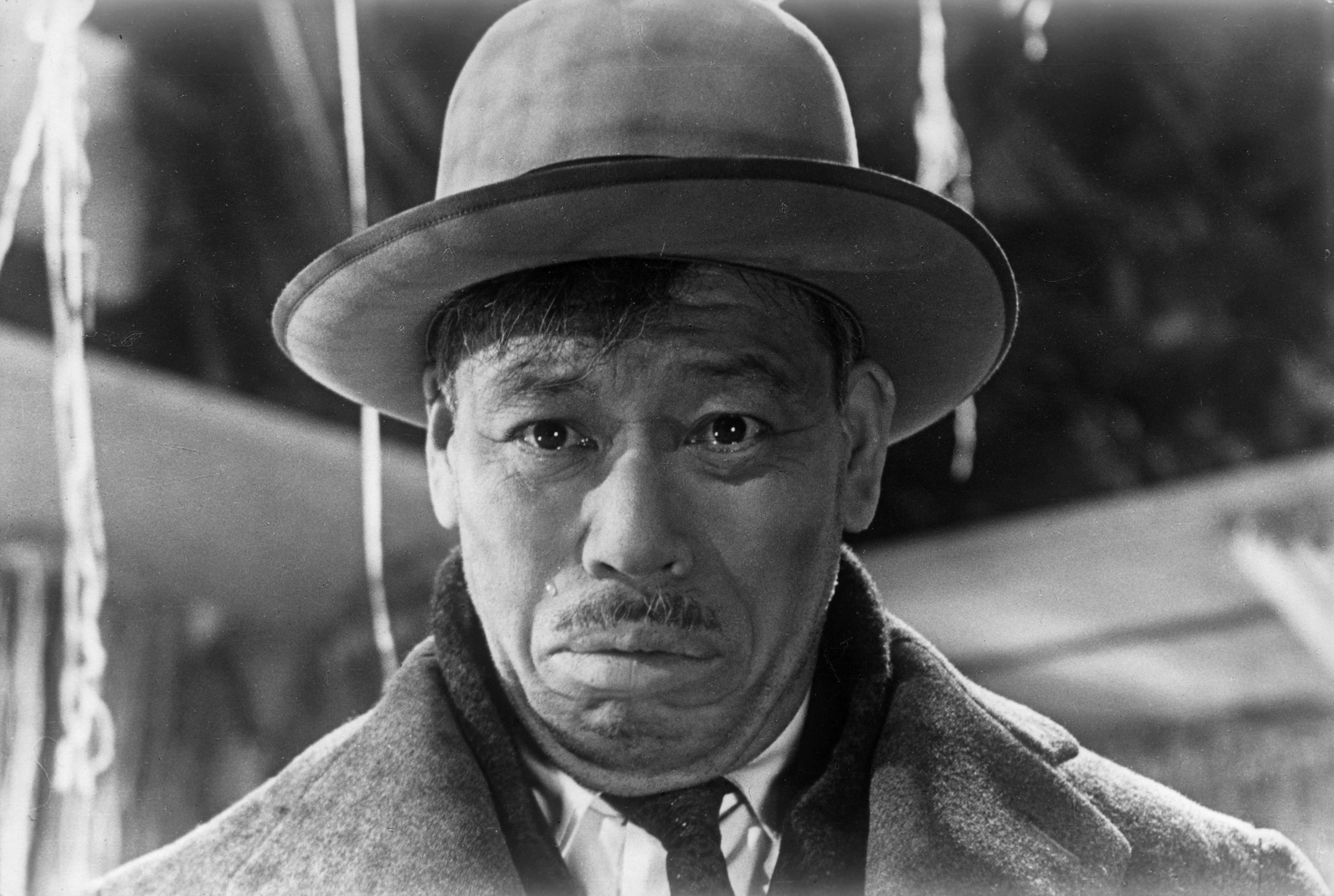
RD: You’re showing all of Kurosawa’s films. What would you call must-sees to understand the breadth of Kurosawa’s cinema?
IHS: Right, this is terrible, but I’m going to go chronologically! In February I’m introducing Sanshiro Sugata, that film I’m always referring back to here! I would love for people to come and see that. I don’t think I’m a draw by introducing it, but I hope audiences who see that a film has an introduction will recognise it’s a bit special.
It’s only eighty minutes and watching it you realise Kurosawa really hit the ground running. Interestingly, it’s a propaganda film, made in 1943, with Japan still at war. It’s not as much propaganda as The Most Beautiful, made a year later and set in an optics factory. That one is not great, but is fascinating.
I have a soft spot for One Wonderful Sunday from 1947. A penniless couple spend a Sunday together and things go from bad to worse. It has elements of Italian neo realism in it, with a bombed-out Tokyo its backdrop. Yet there are moments clearly drawn from Frank Capra; the two leads could be played by Jimmy Stewart and Jean Arthur. It’s an oddity, with a bizarre ending, but a lovely film.
From the obvious ones it’s hard to choose between Ikiru, Seven Samurai, Yojimbo, or The Hidden Fortress. For newcomers I probably wouldn’t play Seven Samurai, because it’s three and a half hours.
But Yojimbo is stunning and incredibly smartly written. The set pieces are fantastic. In the lead role, Mifune pretty much invented the modern action hero. Very different to the Western heroes of the time because he is so morally ambivalent. That would be picked up by Sergio Leone and Walter Hill and so many other directors.
Also, a double bill of The Bad Sleep Well and High and Low. They mark the highpoint of his contemporary films. The Bad Sleep Well is a really smart take on Hamlet set in contemporary Tokyo. High and Low is a cracking thriller. Its structure is weird, the first hour is pretty much set solely in the living room of this shoe company executive who thinks his son has been kidnapped. Then it shifts to become a police procedural tracking down the culprit. That’s an astonishing film.
I worry that people will go for the period films and ignore the contemporary movies. You need to see both to fully understand Kurosawa’s cinema. He was at the heart of Japanese culture and society, but was critical of it. That comes through in his films. Yet he worked within that system, and some people felt he attached himself to an overly romantic view of the feudal period. So there are various conundrums within his work that people grapple with still.
If I’m going later, I do think Dersu Uzala is wonderful. Part of the reason I recommend it is because we have a pristine 70mm print that has not been screened for a very long time.
Finally, a few films will be screening at the BFI IMAX, including Seven Samurai. People who see it there are going to come out thinking they’ve been in a rainstorm!
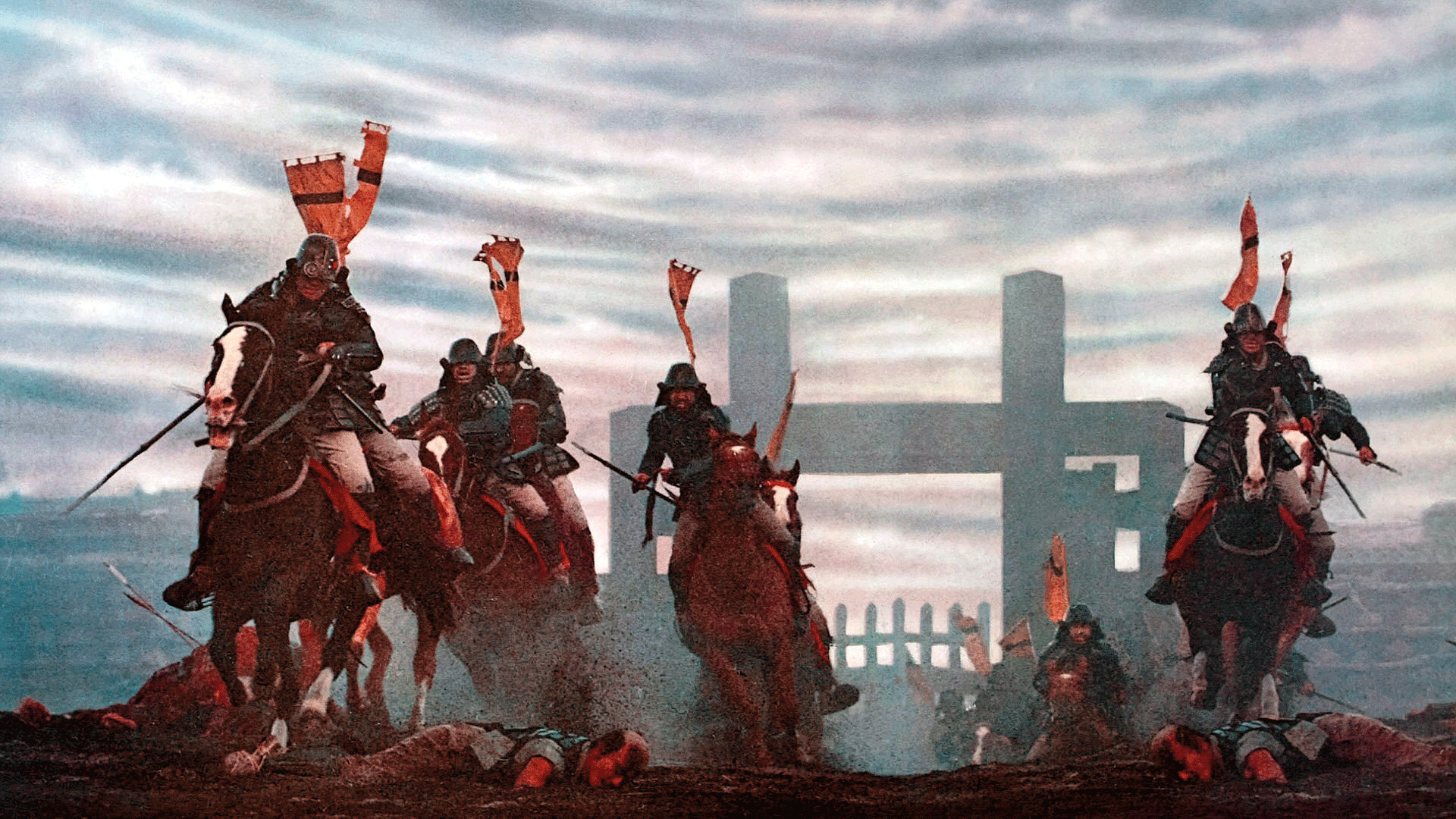
Rob Daniel
Twitter: rob_a_Daniel
Podcast: The Movie Robcast
